House-museum "Ivan Vazov"
The birthplace of Ivan Vazov in the town of Sopot is rebuilt into a museum telling the story of the life and work of the "the Patriarch of Bulgarian literature".
In the cradle of the Bulgarian Revival
Here, the idea of national freedom first sees the light of day and is first rocked and bred. It is the home where the National Liberation Movement against the Ottoman Empire was born which marked the beginning of Bulgaria’s Revival. It is in Koprivshtitsa where the first rifles of the April Uprising are fired. The road from the Revival town to Panagyurishte marks the way of the famous “bloody letter” which announced the start of the uprising.
Today, a patriotic trip along these places will inevitably bring us to Kalofer – the home town of the notable poet and revolutionary Hristo Botev. A town that has preserved its Revival architecture and that has numerous functioning churches, monasteries and chapels, wonderful nature, living traditions and a memorial complex dedicated to Hristo Botev. The complex familiarizes us with Bulgaria’s revolutionary history. Part of the complex is Botev’s home and there’s a monument of him in the centre of the town.
The town of Karlovo will always remain in the nation’s conscience as the birthplace of the most renowned Bulgarian revolutionary and instigator of the National Liberation Movement Vasil Levski. Today, his home, turned into a museum, is open for all the generations that have come after the time of his brave feats. The museum is one of the 100 National Tourist Sights and is part of a whole complex of historical places, among which is the “All Bulgarian Saints” Chapel where the Apostle’s bones are kept. The Deacon’s monument, raised in the centre of the town, signifies the nation’s love and gratitude. Various museums, houses and churches tell the rich history of the town.
The next step along the never-fading way of the Bulgarian Revival is towards Sopot. One of the centres of liberation battles, it is also the birthplace of the Patriarch of Bulgarian literature Ivan Vazov. His home, today – a museum, is in the centre of the city. The house has been restored to its almost authentic appearance after the original one was destroyed in a fire during the Liberation War. The history of the town lives in a number of buildings from the Revival period. The town is famous for its many concerts, celebrations and exhibitions as well as for its opportunities for tourism.
Klisura is memorable for its heroic participation in the April Uprising. The Pavrudzhieva House, today – a museum, was where the first revolutionary committee in the 4th Revolutionary District was established. The Kozinarova and the Chervenakova House keep the memory of the town’s heroic inhabitants and events. The monument of Borimechkata (The Bear Fighter), a character from Vazov’s novel “Under the Yoke” and a citizen of Klisura, rises majestically on a hill above the town. One of the most impressive exhibitions on the April Uprising is found at the local History Museum.
The longstanding memory of each Sub-Balkan town is attributed to a famous person but also to many more brave local people. Koprivshtitsa is not an exception – here are the homes of “bloody letter” author Todor Kableshkov, Georgi Benkovski and Lyuben Karavelov. They offer a unique travel into the past. The town’s appearance itself takes us back to the time of the Revival which is why it has been proclaimed to be a national architectural reserve with international significance. It was on the Kalachev Bridge when in 1876 the first gun was fired to signal the start of the April Uprising.
The town of Panagyurishte has given to Bulgaria Rayna Knyaginya – the teacher who sewed and waved the flag of the April Uprising’s Panagyurishte Revolutionary District. Her heroic life is displayed in an exhibition in her home, today – a museum. There is also a monument of her raised in the town. Having been one of the most active towns during the liberation wars, Panagyurishte preserves facts and evidence in the local museums, churches and Revival houses and puts a worthy and satisfying end to the trip along the path of the April Uprising and the Bulgarian National Revival.
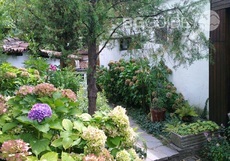
The birthplace of Ivan Vazov in the town of Sopot is rebuilt into a museum telling the story of the life and work of the "the Patriarch of Bulgarian literature".
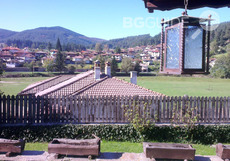
The buzz of animated conversations filling the air, the soft clatter of shoes against the cobblestone streets and arched wooden bridges, the constant sight of people bending over to get a drink at the fountains scattered around town, or casting dreamy glances at the neat vivid blue houses…..
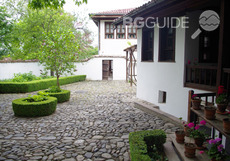
The setting which national hero Vasil Levski inhabited, his belongings, documents, family photographs, his life and heroic deeds are all available for every Bulgarian patriot in the Apostle’s house-museum in Karlovo.
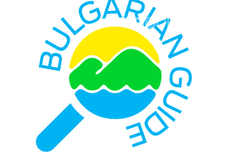
Сгушен в подножието на Златишко-Тетевенската планина, част от Средна Стара планина, вече второ столетие Златишкият манастир „Вознесение Господне“ е духовно средище и стълб на христовата вяра за местните хора.
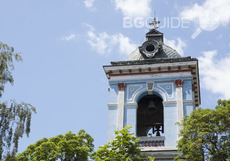
Дори при мрачно време небесносинята камбанария на църквата "Света Богородица" в Карлово вдъхва надежда за светли дни.
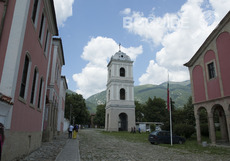
Църквата "Св. Николай" е не просто място с наситена духовна енергия, но и паметник на възрожденската архитектура.
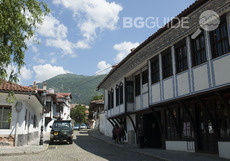
Бухаловият хан е една от най-красивите и емблематични възрожденски къщи в стария град на Карлово.

Античен Римски град в Хисаря
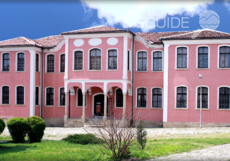
Преминавайки през много превратности, музеят винаги е бил духовен център, пазител на историческата памет и гордост на региона.